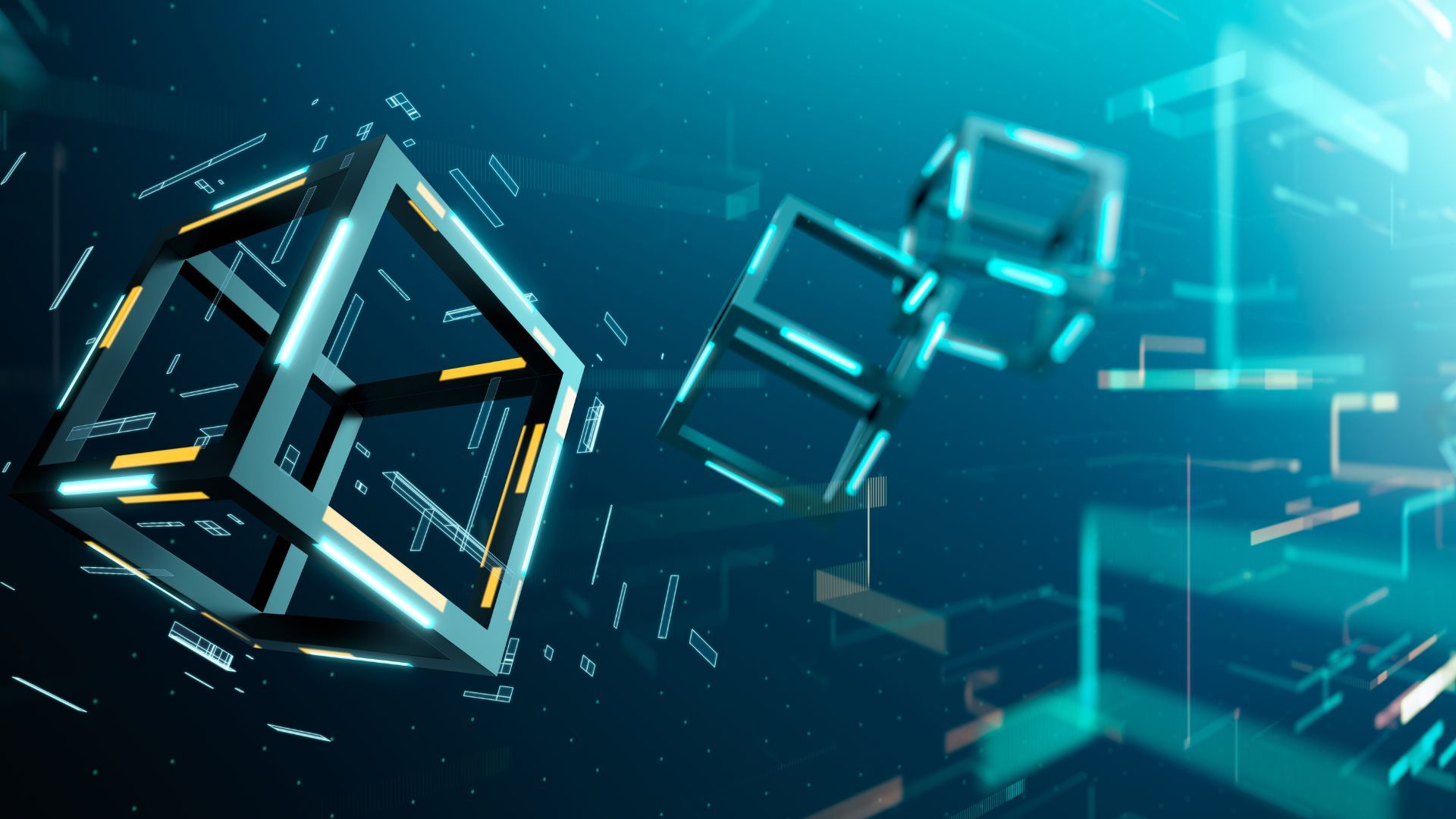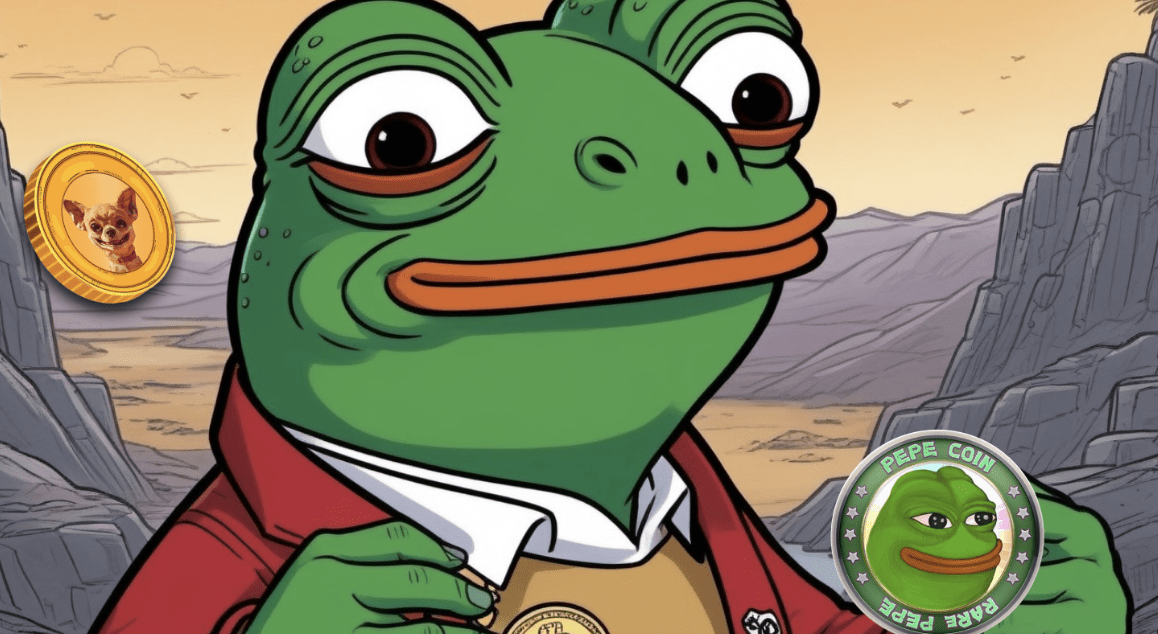Table of Contents
- What Are GameFi Tokens For?
- The Most Promising GameFi Tokens To Watch In 2024
- SPARK
- RIA
- ARTY
- IBAT
- STAR
GameFi tokens are gaining real momentum as the blockchain industry heads into 2024 on a high, driven by bullish sentiment around the leading cryptocurrency Bitcoin.
There are good reasons to think next year could finally see the industry emerge from a long and dark winter that began in early 2022, and while Bitcoin is likely to lead the charge as always, the blockchain gaming segment holds some real promise too.
The name GameFi is a portmanteau of “gaming” and “finance”, and these tokens are the fuel that powers a new and exciting generation of so-called play-to-earn games, where gamers are not just entertained, but can also earn real value from the hours they spend playing. GameFi tokens can be both traditional crypto and NFTs, and provide a way for games to monetize their activities.
What Are GameFi Tokens For?
These digital assets perform a number of roles in video game ecosystems, acting as utility tokens or functional tools that facilitate transactions for in-game purchases, weapons and character upgrades, and accessing premium functionality. They form the basis of the in-game economy, driving the gaming experience and providing rewards to players.
Other use cases of GameFi tokens include governance, with players required to hold tokens in order to vote on democratic decision-making. Because blockchain games are decentralized, the future direction they take is often decided by their communities rather than the developer team, with players voting on key issues and proposals. The amount of tokens a player holds is directly proportionate to the weight of their vote, so for anyone who cares about the future of the game, it’s vital to hold as many as possible to have their say.
GameFi tokens can also be tradable assets, with many of them being available to buy and sell on the world’s leading cryptocurrency exchanges, providing good investment opportunities. The liquidity these tokens amass ensures that the virtual in-game assets have tangible value. Finally, a good number of blockchain games also support staking and yield farming, enabling players to support the underlying network and earn a passive income for doing so.
The Most Promising GameFi Tokens To Watch In 2024
SPARK
The world’s most popular metaverse platform, Upland, is looking to evolve its economy with the introduction of Sparklet, a new utility token for creators to build within its digital environment.
Known simply as SPARK, it’s a novel digital resource that’s different from most other GameFi tokens. Following next year’s token generation event, it will be hosted and tradable on the Ethereum blockchain, giving users a true sense of ownership.
Unlike other GameFi tokens, users don’t need to spend their SPARK. Instead, they’re required to stake tokens while building, with the exact number staked dictating how long it will be until those buildings are complete. As long as the user has SPARK staked, construction will progress, and once done, their SPARK will be returned to their wallet for staking on a new project.
In Upland, buildings will be priced in units called Spark Hours. As an example, if a building costs 1,000 Spark Hours and the user stakes exactly 1 SPARK, it will take 1,000 hours for that building to finish. If they stake 2 SPARK, that time is halved, to just 500 hours. Users can stake as many SPARK tokens as they wish to accelerate building.
This explains why SPARK is so eagerly anticipated. It’s the main resource for world-building in one of the most populous metaverses in the world today, and it will also have additional utility. For instance, users might be required to hold SPARK to join community projects or mint NFTs, manufacture 3D map assets such as cars and decor, and other use cases. You can read more about its utility in the Spark Whitepaper.
By launching SPARK on Ethereum, Upland becomes even more decentralized, with its players soon able to trade its most valuable asset in liquid markets. The token is designed carefully to ensure there will always be supply and demand. For instance, some will want to accelerate their construction schedules and to do that they’ll need to acquire more. Others, who have finished building, may want to sell their SPARK and effectively cash out. Creators and brands may also need Spark to increase or decrease their manufacturing capacity in Upland. Developers may also create demand for SPARK by introducing new utilities for it.
RIA
RIA is the native token of Calvaria: Duels of Eternity, which is a play-to-earn battle card game where players collect NFT-based cards and battle with others for rewards. The gameplay is exciting and players have multiple ways to win and earn rewards, including by staking RIA tokens.
Players can use RIA, the in-game currency, to enhance their decks of battle cards by obtaining new and unique ones, as well as power-ups for their existing cards. The game is not just pot luck though, as each battle has an element of strategy. For instance, players can merge two cards of similar strength to create one that’s much more powerful.
There are numerous in-game resources for players to acquire, either by winning battles or purchasing them with RIA, which is the main rewards token. Besides using these resources to enhance their card decks, players can also trade them on secondary markets, generating a passive income stream based on prolonged gameplay and the number of victories they secure.
Users can stake their RIA tokens too to earn daily rewards. In addition, by amassing a big stack of RIA, players can increase their voting power and ensure their vote carries more weight when they participate in democratic governance. Whenever someone makes a proposal to alter or evolve the game or its ecosystem, RIA token holders are entitled to vote on that suggestion to decide if it’s implemented or not.
There’s good reason to think there will be plenty of demand for RIA in the not-too-distant future. The battle card game genre is incredibly popular in the blockchain gaming space, and Calvaria is similar in many ways to hit games like Splinterlands and Gods Unchained. However, if anything, it’s even more superior, going beyond what those games offer with its mobile gameplay, 3D characters and solo-play story mode.
ARTY
Artyfact sits at the forefront of the GameFi revolution, as a platform for creativity and passion that also enables participants to generate real-world value. Having launched its first playable demo in November 2022, the game has since become one of the fastest growing metaverses. It’s an open-world built using the Unreal Engine 5 to ensure players are immersed in breathtaking graphics, and it’s host to numerous P2E games and virtual events.
The unique gaming experience, which consists of multiple game genres, social interaction, virtual stores and events, is powered by its native token ARTY, which is used to buy and sell digital assets and for governance. Within the game, players have plenty of opportunities to earn rewards in ARTY tokens, based on their achievements and their performance.
ARTY has tons of utility, enabling holders to participate in virtual events within Artyfact such as eSports tournaments, concerts, fashion shows and NFT art exhibitions. ARTY is also used to purchase accessories such as unique characters, armored vehicles, jetpacks, sneakers and even weapons to kill their opponents in games.
The major draw of Artyfact’s metaverse is its high-quality graphics, which put traditional metaverse platforms such as Decentraland and The Sandbox to shame. By combining ultra-realistic immersiveness with high quality games and a play-to-earn model, Artyfact is building a more engaging world for gamers, where players will enjoy the thrill of earning ARTY rewards instead of seeing it as a chore, as is the case with older games like Axie Infinity.
In addition, Artyfact also provides mechanisms for influencers and brands to interact with their audiences in new ways, with possibilities such as cooperative gaming, virtual merchandise creation, event sponsorships and more.
IBAT
Another dynamic metaverse game is Battle Infinity, which is all about one-on-one and every man for himself battles in a range of different environments. The game offers comprehensive P2E functionality, with NFT-based leagues, playable NFT characters, daily rewards, trading and staking features.
Within the Battle Arena, players can access a virtual world that leverages Ethereum smart contracts to tokenize every game character and their accessories.
The flagship offering within Battle Infinity is the IBAT Premier League, an NFT-based fantasy sports league that leverages IBAT. Players can join the IBAT Premier League by purchasing NFTs that enable them to compete in community tournaments, building fantasy sports teams. Users can also whitelist their NFTs and trade them on the platform’s internal Battle Market marketplace.
Players can take advantage of diverse income-generation opportunities, including staking for high APYs and interest. Battle Infinity’s staking feature is unique as it offers both solo and duo staking opportunities, enabling players to earn between 12% and 25% APY by securing its protocol. At present, more than $4 million worth of IBAT tokens are currently locked into the protocol, reducing the circulating supply and increasing demand.
STAR
Star Atlas is a space-themed metaverse game that bills itself as the “future of reality”. It’s built atop of the Solana blockchain and set in the year 2620. Developed using Unreal Engine 5, it boasts extremely immersive and realistic graphics that give it the look and feel of any AAA game
It’s a grand strategy game where players are tasked with exploring the universe and fighting with one another to conquer new territories and achieve political domination, amid the backdrop of a player-driven economy. Each player joins one of three factions – humans, androids or aliens – in order to help it battle for influence against the other two.
STAR, the native token of Star Atlas, sits at the heart of its virtual economy. To ensure domination, players must mine and trade for resources. Extracting minerals and ore from new planets can be a lucrative career, but they’ll need to secure their trade routes to ensure they get paid for those resources and earn valuable STAR.
Other uses of STAR include buying and upgrading space ships, which is done using resources or by purchasing them directly from other players via the in-game marketplace. There are also collectibles ranging from vehicles to characters, wearable accessories, equipment for ships and vehicles and even avatar posters.
Users will also want to build structures on the land they control, which can only be done by staking STAR. Of course, Star Atlas also has a system of democratic governance, with players required to hold STAR tokens to vote on new proposals and decisions.
Disclaimer: This article is provided for informational purposes only. It is not offered or intended to be used as legal, tax, investment, financial, or other advice.
Investment Disclaimer













